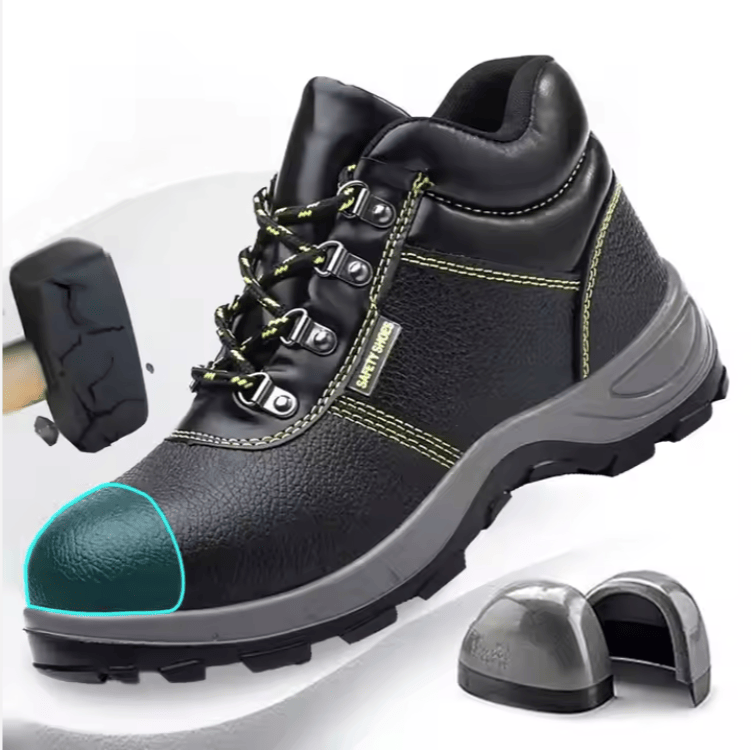
Midsole
Size
Choosing the right ESD (Electrostatic Discharge) boots is essential if you work in environments like electronics manufacturing, cleanrooms, or explosive environments where static electricity can be dangerous. Here's a quick guide to help you choose the right pair:
1. Compliance & Standards
Look for ESD boots that comply with international standards, such as:
ANSI/ESD S20.20
IEC 61340-5-1
ASTM F2413 (for additional safety features like toe protection)
These standards ensure the boots are truly anti-static and suitable for ESD-controlled environments.
2. ESD vs. Antistatic
ESD Boots: Specifically designed to dissipate static electricity safely to the ground.
Antistatic Boots: Reduce buildup but may not meet strict ESD control requirements.
Always choose "ESD-certified" boots if you're working in sensitive environments.
3. ESD Properties
Check the resistance range:
Ideally between 1.0 × 10⁵ Ω to 1.0 × 10⁹ Ω (per ESD standards)
Too low = electrical hazard risk
Too high = ineffective static dissipation
4. Comfort & Fit
Breathable lining (e.g., mesh or moisture-wicking material)
Padded ankle and heel
Lightweight design for long wear
Arch support and cushioning (especially for standing jobs)
5. Sole Material
PU (Polyurethane) soles are common for ESD boots — lightweight and conductive
Ensure the sole maintains conductivity over time and isn’t overly worn (check regularly)
6. Environment Suitability
Cleanroom? Look for cleanroom-rated ESD boots (non-shedding materials)
Industrial floor? Go for ESD boots with slip resistance and maybe toe protection
Chemical exposure? Get boots with chemical-resistant materials
7. Style Considerations
Lace-up boots: Adjustable fit but slightly less convenient
Slip-on or zipper boots: Easier to wear but might lack snugness
Safety toe: Required in many industries (steel or composite toe)
8. Maintenance
Check ESD resistance regularly using a footwear tester
Clean as per manufacturer instructions — dirt can reduce conductivity
Recommended Brands (varies by region)
ESD Factorys
